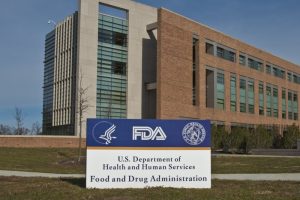
Recently, the U.S. Food and Drug Administration (FDA) released its final ruling to update the “healthy” claims used by manufacturers for food labels. The updated claim is consistent with current nutrition science and federal dietary guidance.
According to FDA, claims like “healthy” on food labels can help consumers identify healthier choices at a quick glance. Foods must meet specific criteria to use the “healthy” nutrient content claim.
Current dietary guidelines include a focus on the “importance of healthy dietary patterns and the food groups that comprise them, the type of fat in the diet rather than the total amount of fat consumed, and the amount of sodium and added sugars in the diet,” according to FDA.
To meet the updated criteria, a food product must contain a certain amount of food from eat least one of the food groups or subgroups recommended by the Dietary Guidelines for Americans, and meet specific limits for added sugars, saturated fats and sodium.
According to FDA, under the updated “healthy” claim, nutrient-dense foods that are encouraged by the Dietary Guidelines—vegetables, fruits, whole grains, fat-free and low-fat dairy, lean game meat, seafood, eggs, beans, peas, lentils, nuts and seeds—with no added ingredients besides water, automatically qualify for the “healthy” claim because of their “nutrient profile and positive contribution to an overall healthy diet.”
Some food products such as fortified white bread, highly sweetened yogurt and highly sweetened cereal qualified as “healthy” under the original claim, but not the updated claim, FDA said.
On a separate but related note, FDA is also continuing to develop a symbol for manufacturers to use that would indicate a product meets the definition of “healthy.”
For more information, visit www.fda.gov/food/nutrition-food-labeling-and-critical-foods/use-term-healthy-food-labeling.



















